
Much has been said about the first ever Gyanodaya Express – the educational train journey for NSS & NCC girl students. Aimed at broadening the horizons of learning beyond the classrooms, this excursion toured Ahmedabad, Wardha, Mumbai, Goa, Bengaluru and Mysore this summer. But did the journey actually live up to all the hype? We get to you a first-hand account of Gyanodaya and an answer to that question.
July 8, 7:30 am, Safdarjung station: Aboard the Gyanodaya Express, we had little idea about the journey we were going to embark upon. Only high excitement levels. Pure adrenaline rush. A traditional welcome with shehnais and garlanding at the station awaited us followed by a warm send off by the Vice Chancellor himself. Counting heads, shifting seats, and managing the luggage, 940 girls aboard the train started their journey of knowing one’s own country, the Gandhian way!
Day long journey till our first stop, Ahmedabad, and we were all assigned multiple projects, given books and laptops with internet dongles so as to facilitate the process of preparing travelogues, book reviews and reports. The announcements of singing, sketching, photography and poetry competitions kept us on our toes. Sounds of antaksharis and dumb charades echoed the compartments and the tinkling sounds of raindrops outside made life in the moving train absolutely blissful.
July 9-10 – Destination One – Ahmedabad – We deboarded only to find Mercedes Benz buses waiting for us (ooh yeah!) to take us to our respective hotels. After wash and change, we were taken to Tri Mandir followed by Vaishno Devi Mandir (yes, Gods first, after all!). Greeted by Bapu’s three bandars, we spent the evening by the banks of the Sabarmati river at the Sabarmati Ashram which gave us a first hand experience of life at Gandhiji’s residence.
first hand experience of life at Gandhiji’s residence.
Interactions with the students of Gujarat Vidyapeeth the next day was followed by a visit to the magnificent Akshardham Temple – an architectural delight, a beautifully carved stone edifice, surrounded by expansive gardens with the backdrop of heavy and heavenly monsoon rains. The buses took us straight back to the station – where the Gyanodaya express was waiting to be boarded for our next destination – Mumbai.
July 11-12 – Arrival at aamchi Mumbai and departure straight to The Naval Base, Colaba. Our excitement knew no bounds because well within sight were a fleet of ships and frigates of the Indian Navy all marked with initials INS – Indian Navy Ships. Our contingent was taken inside INS Viraat – the second largest ship (aircraft carrier) in the Indian Navy. The disciplined (and handsome!) Navy officers not only exhibited how a ship this big rules the sea but also gave an insight into the tough life of the defense wing of the country.
Colaba to Juhu was a journey to remember – crossing Santacruz, Ville Parle, Bandra, Marine Drive, Worli Sea Link, Taj Hotel and the ‘dwellings’ of The Ambanis, The Jindals, The Bachchans and The Khans and Kapoors caught our fancy. An evening at the Juhu Beach with friends in tow, what more could one ask for!
Day two at Mumbai began with a visit to the Marine Drive, the famous Mahalaxmi temple and the Dargah of Haji Ali. No stopping at Gateway of India while in Mumbai and giving the girls no time for shopping – surely a criminal offence of it’s kind! With long faces, we were dropped at the station at 1 pm while the train was scheduled for 6!
 July 13-14 – Destination Goa, Let’s give time a break! The land of silver sands, grey rocks and rushing waters awaited the Delhi damsels! Worth a mention is our Goan Resort with the pool and spa that refreshed our tired travelling souls and the day was spent at the beautiful and picturesque Calangute, Baga and Anjuna beaches and shacks that looked majestic in the monsoon rains!
July 13-14 – Destination Goa, Let’s give time a break! The land of silver sands, grey rocks and rushing waters awaited the Delhi damsels! Worth a mention is our Goan Resort with the pool and spa that refreshed our tired travelling souls and the day was spent at the beautiful and picturesque Calangute, Baga and Anjuna beaches and shacks that looked majestic in the monsoon rains!
Being among the lucky few who had the opportunity to peep into the second half of the defense wing and visit the air base in Goa, found it an extraordinary experience. Fascinated by the grandeur of INS Hansa and the expertise of the Indian pilots, we saluted our security wings for safeguarding the nation. The Portuguese architecture of the Goan Churches caught our awe and the afternoon was spent at the Old Goa Church after which we returned to our hotel-on-wheels, the Gyanodaya Express!
July 15 – The Garden City of Bengaluru beckoned us! A visit to the Indian Space Research Organization(ISRO) provided a sneak-peak into the space world and the working of the satellites. We made the most of our leisure free evening at Brigade road and MG Road satisfying our junk food appetite!
July 16 – City of Palaces, Mysore was our destination next! Starting with a visit to Tipu Sultan’s Museum to handicraft shopping and buying the famous Mysore silk sarees for our mothers back home, we girls spent hours in the streets of Mysore culminating it with a visit to the Chamunda Devi Temple. Next stop was the profusely decorated Mysore Palace, the majestic, mystical and mesmerizing beauty of which left us absolutely spellbound!
buying the famous Mysore silk sarees for our mothers back home, we girls spent hours in the streets of Mysore culminating it with a visit to the Chamunda Devi Temple. Next stop was the profusely decorated Mysore Palace, the majestic, mystical and mesmerizing beauty of which left us absolutely spellbound!
July 17 – Back on the tracks (quite literally!) as it was another full day in the train heading towards Nagpur and Wardha, our last stops. The projects were in full swing with everyone occupied head on. The library-on-wheels, providing us food for soul and the doctor aboard attending the homesick-ness cases!
July 18 – Nagpur neglected, we were dropped off directly at Wardha. The university arranged for a hundred and thirty Innova cars to take us to Wardha University. Their VC addressed the DU-ites after which we headed towards the Village of Service, Sevagram. The journey in its last lap made us very ambivalent about the fact that we were returning to Delhi. While we were making the most of the last moments of being together, the night saw an unforeseen and unfortunate event of the express being looted at around 2 in the night. Laptops, purses, chains, mobiles, cameras and other valuables in coaches 8 to 15 were robbed leaving the entire train shocked and terrified in the middle of the night. In spite of high security provided by the university, the unwanted visitors had a field day as they managed to have their way. After the investigations and FIR formalities and a delay of five hours, we headed towards Destination Delhi.
The goods – We owned an entire train, the staff not only made sure we were comfortable with leaving our luggage and carrying just one bag for two days to every state but also took care of the lost and found. As promised, the buses and hotels were all air conditioned. Providing internet did help us stay connected with our family through skype besides facilitating making of the projects. Also, we stuck to the itinerary, so everything went as planned.
The bads – Food. Main problem. Food. Sure, they hired the best catering services of the railway industry and having it while in the train was never a problem, but we had little idea this food would be given to us thrice a day for 12 days, even in the hotels! But a Delhiite’s appetite is never complete without hogging on KFC, Mcdonalds, Pizza Hut and the chatpata street food – thepla, khakhra, dhokla while in Ahmedabad, panipuri and vada pav in Mumbai, Sea food in Goa and Sambhar Dosa while in Bengaluru and Mysore, we had it all by cutting on our leisure hours or getting it room delivered!
Another important thing that the trip organizers overlooked was arranging for a guide to guide. We wish the security agencies were vigilant enough not to spoil the trip of those who lost their valuables. Little hiccups here and there like not letting us wear shorts(even knee-length) on the beach or not giving us time to shop in Mumbai, did not matter much with friends around to have a merry time with!
Overall, the journey was an experience of a lifetime and also a wonderful initiative taken by the University and well conceived by Professor Dinesh Singh. Not only did it teach us lessons of trust, patience and endurance, but the unexpected and unusual intrigued us to delve into the place’s very heart as life drifted by in slow motion for us to discover its simple joys…
Surbhi Bhatia
[email protected]

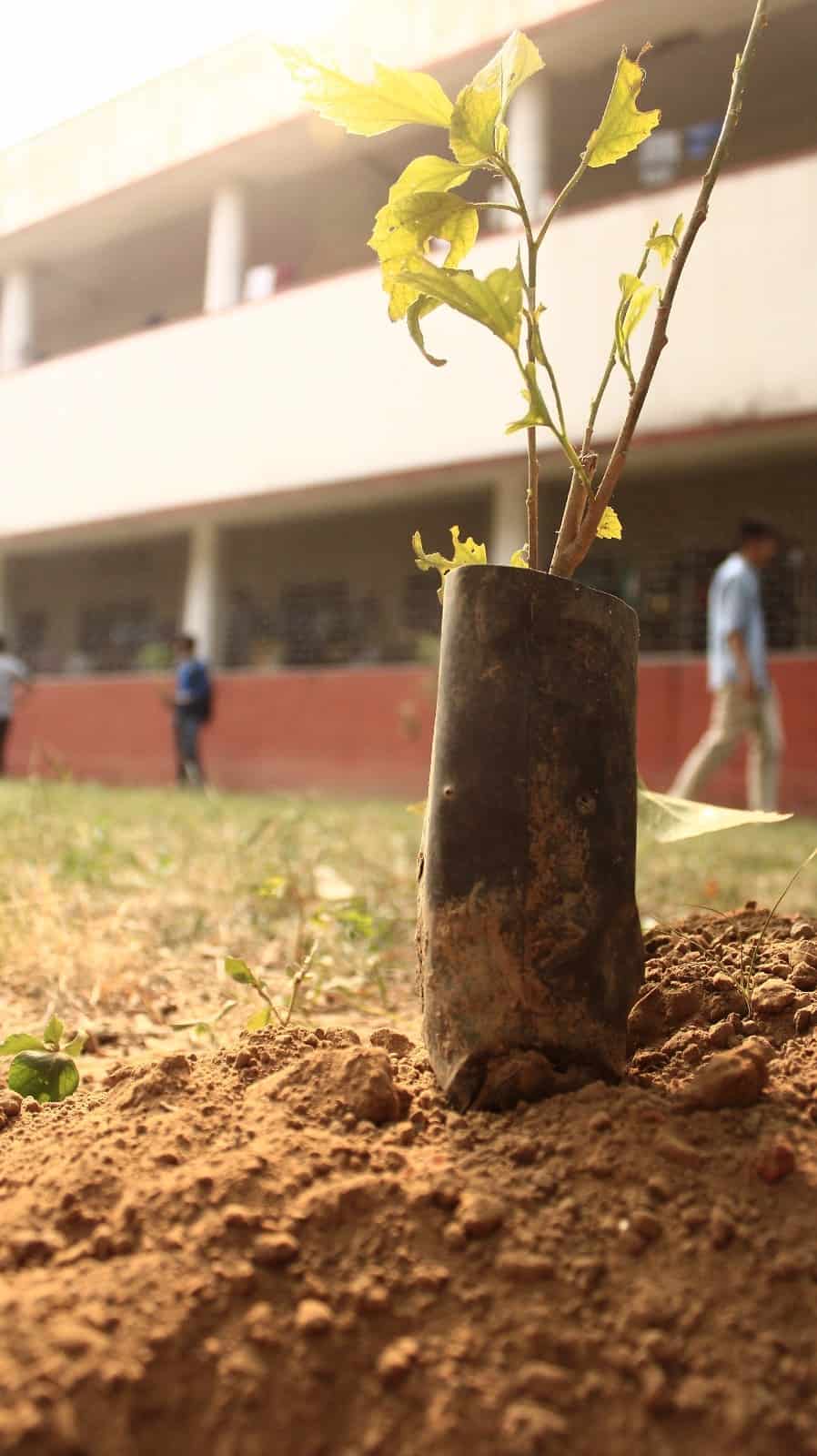

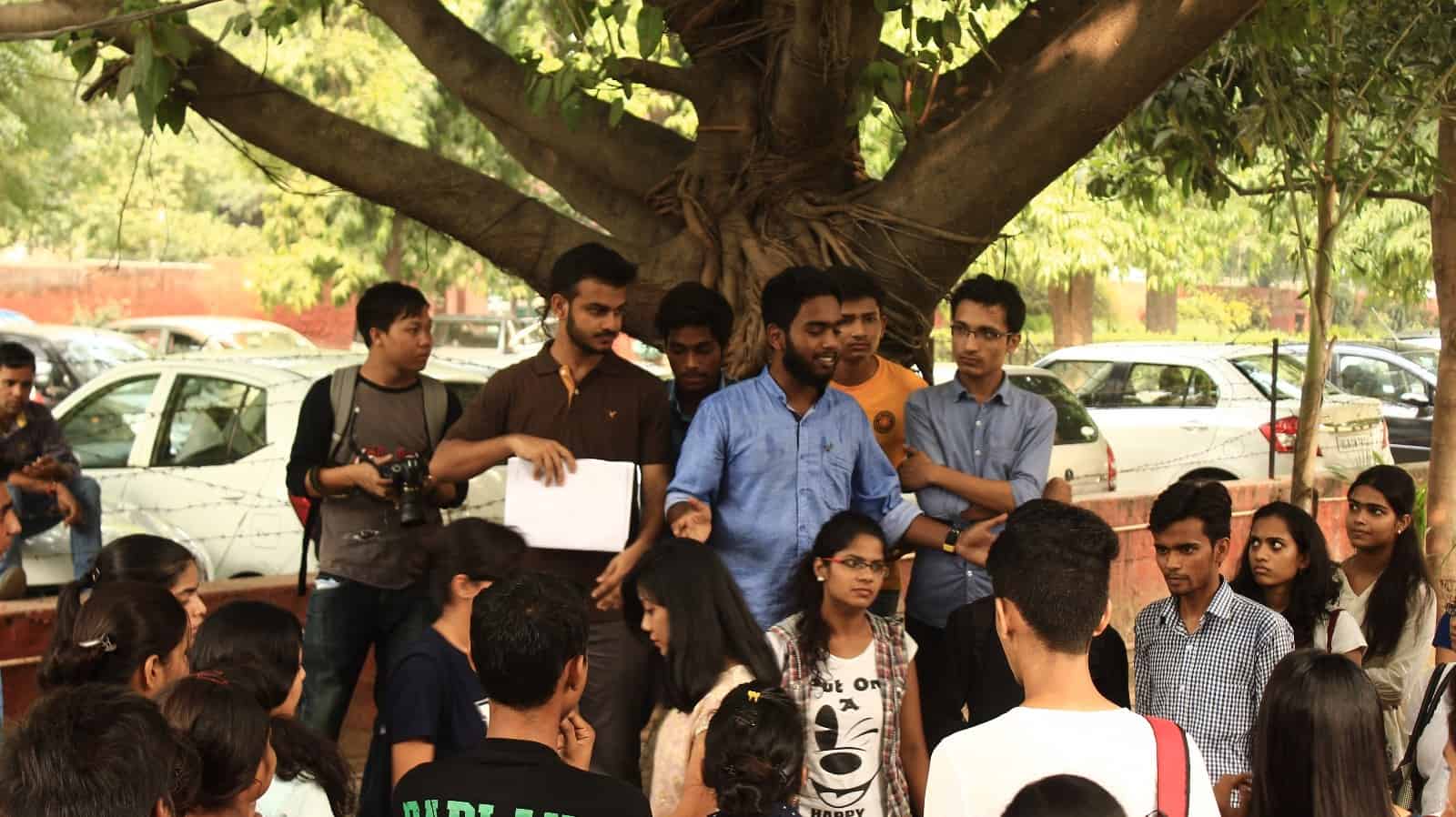

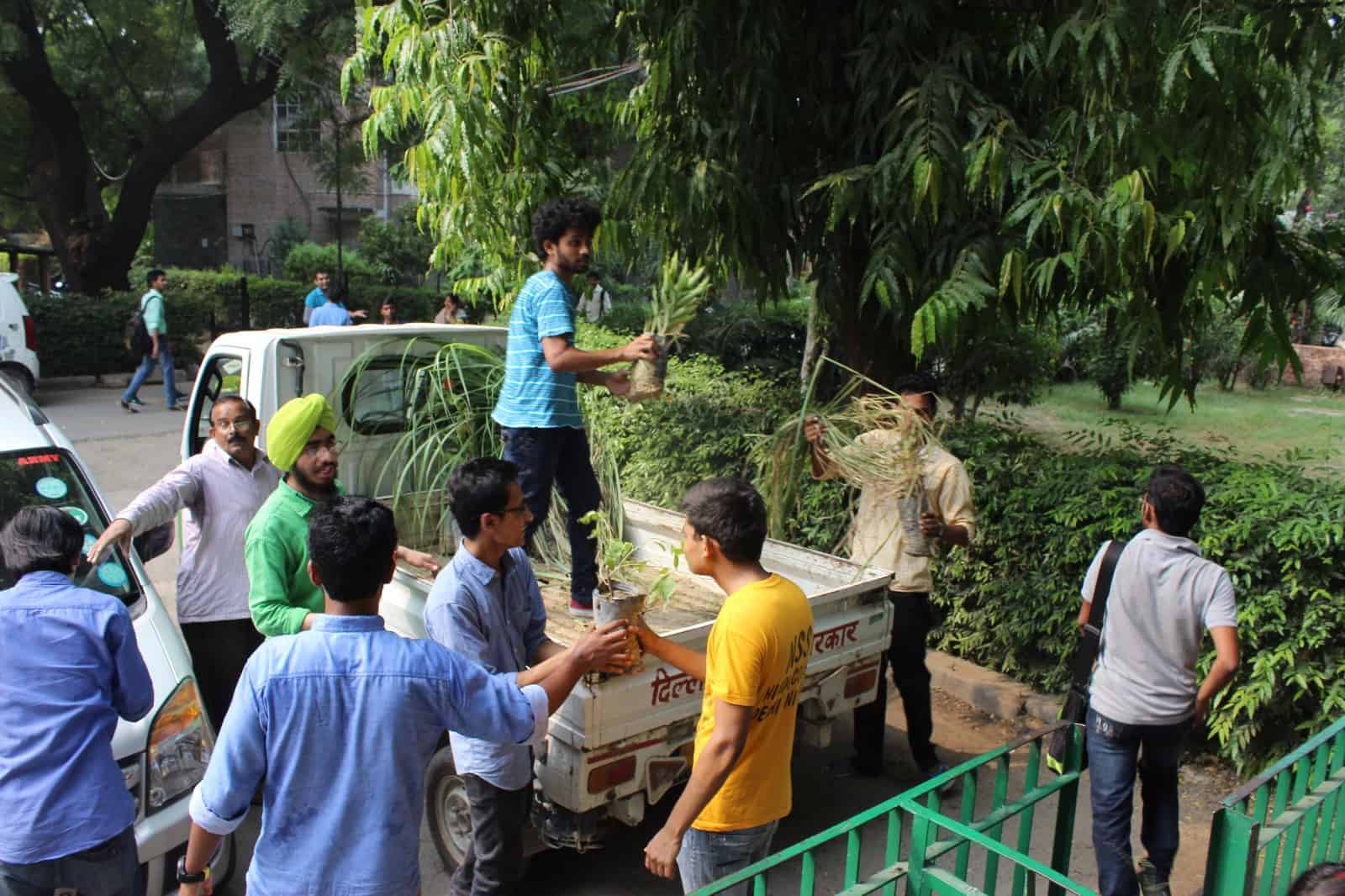
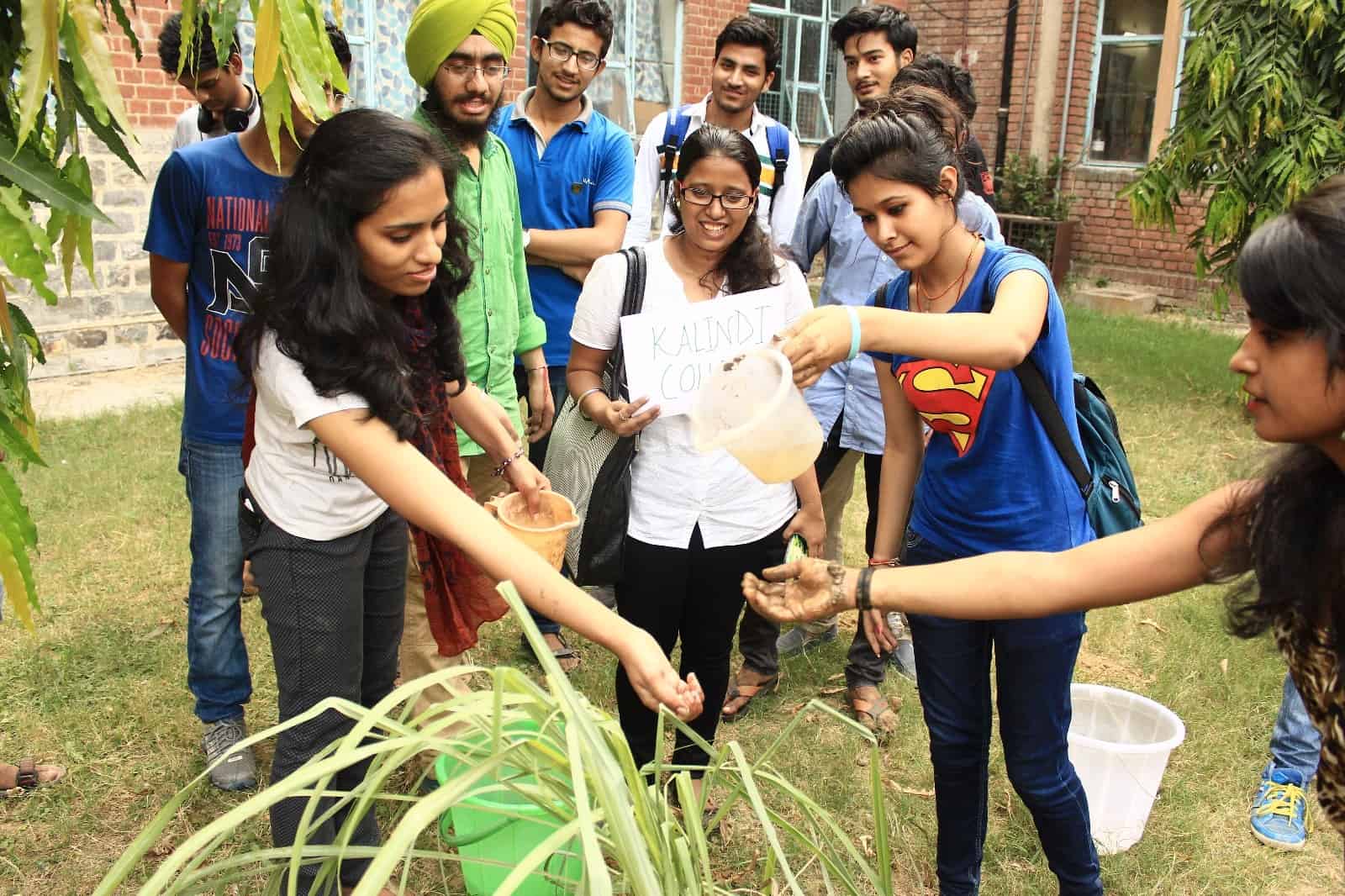
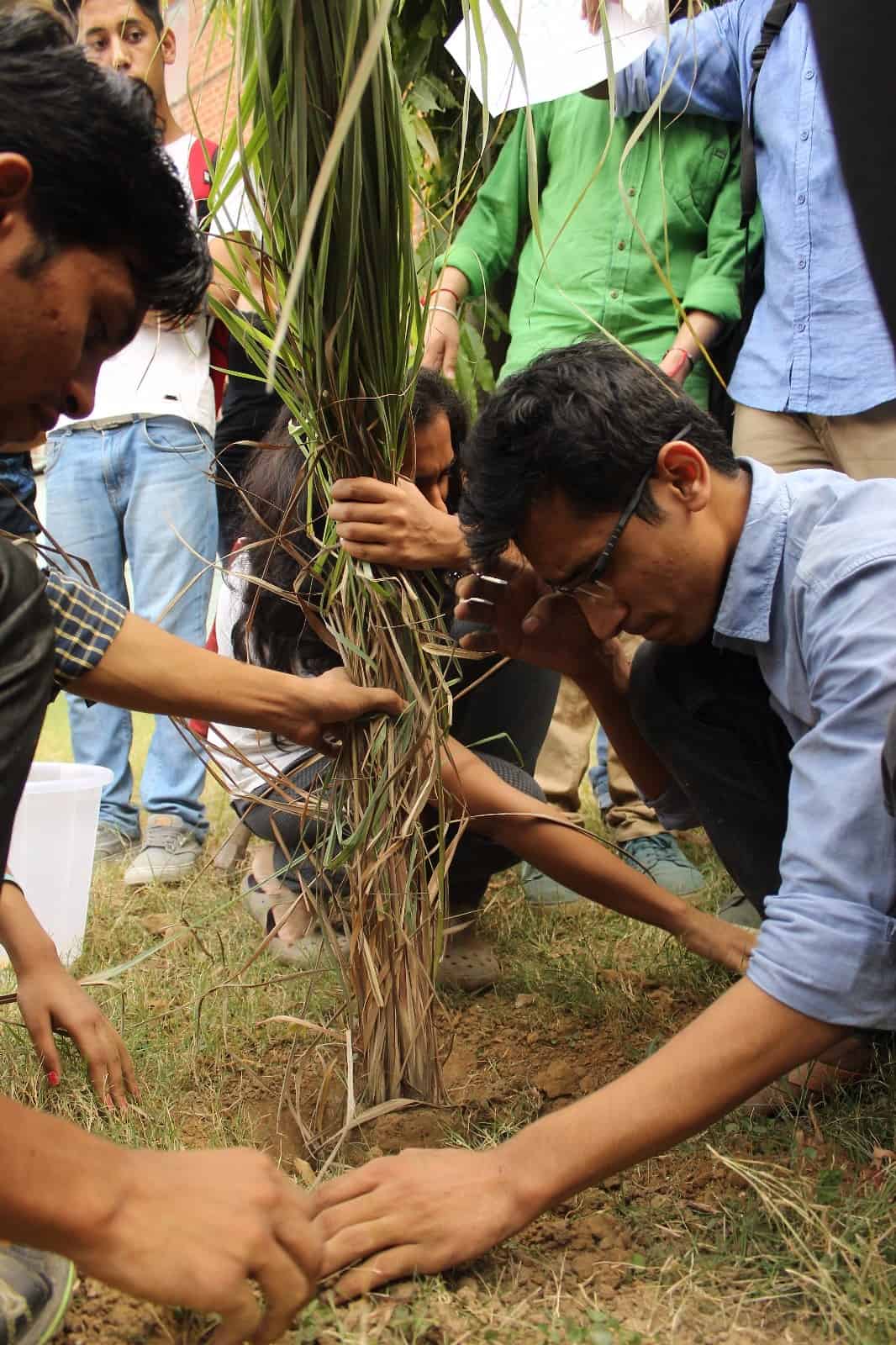
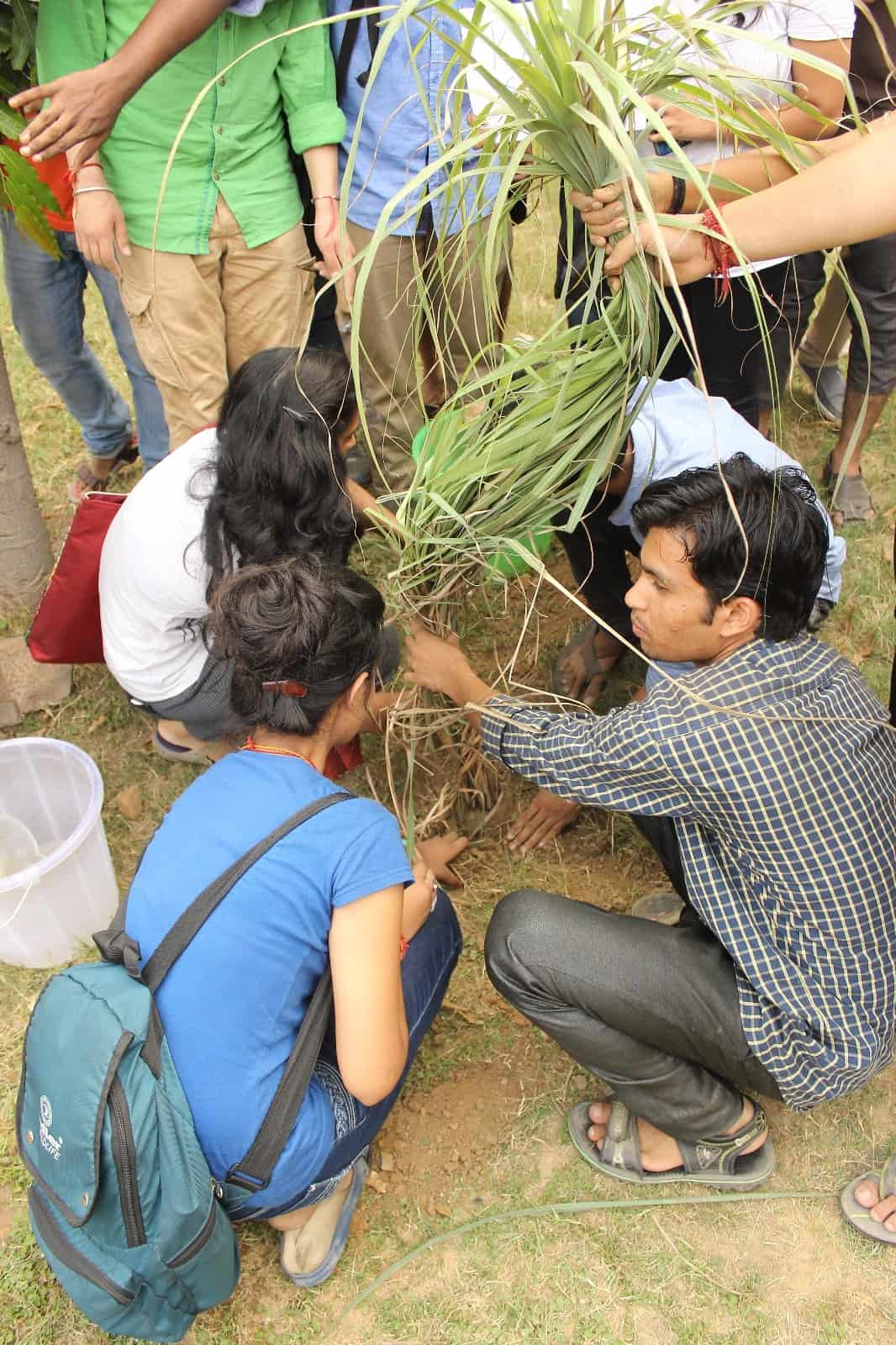
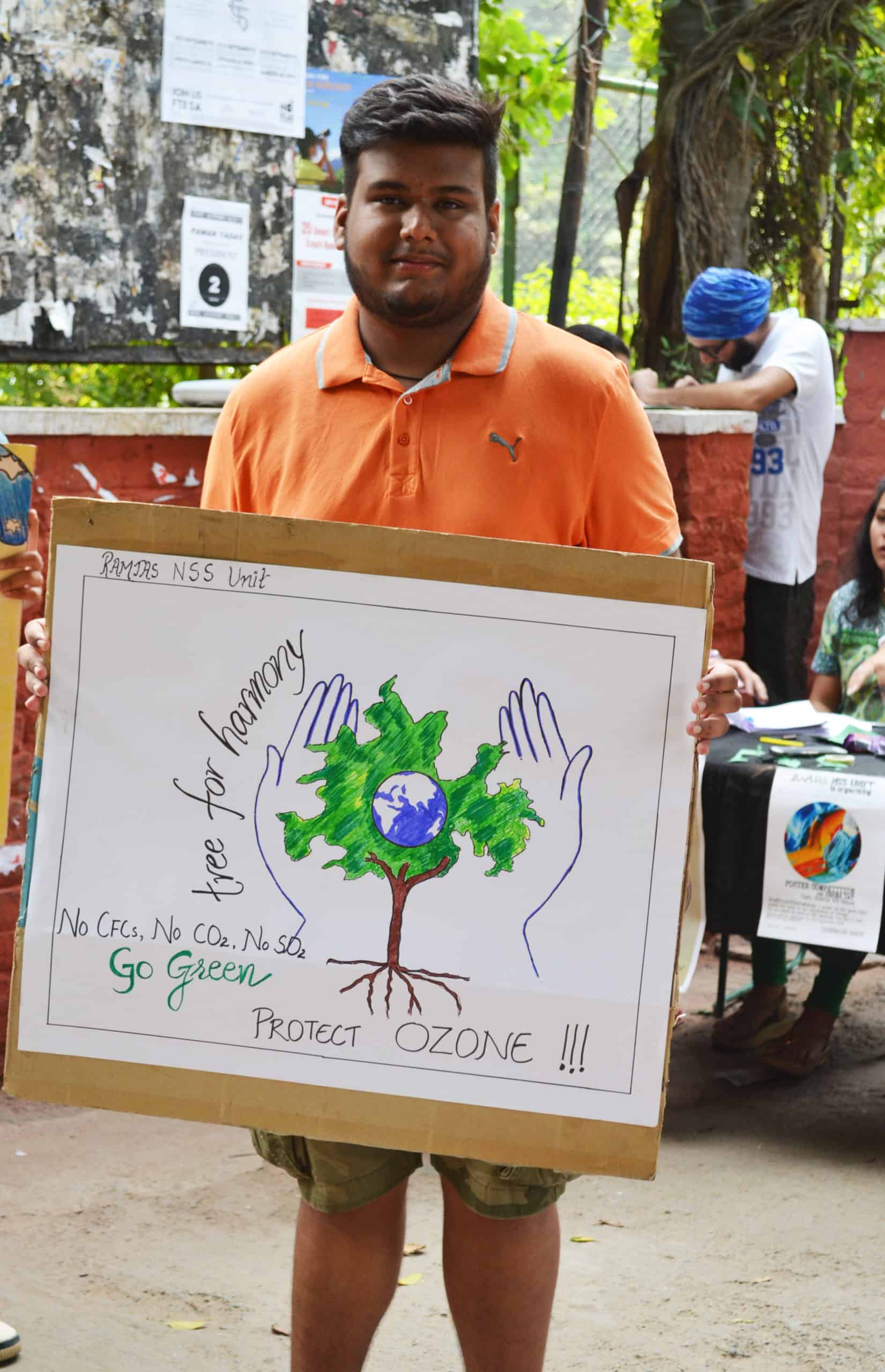
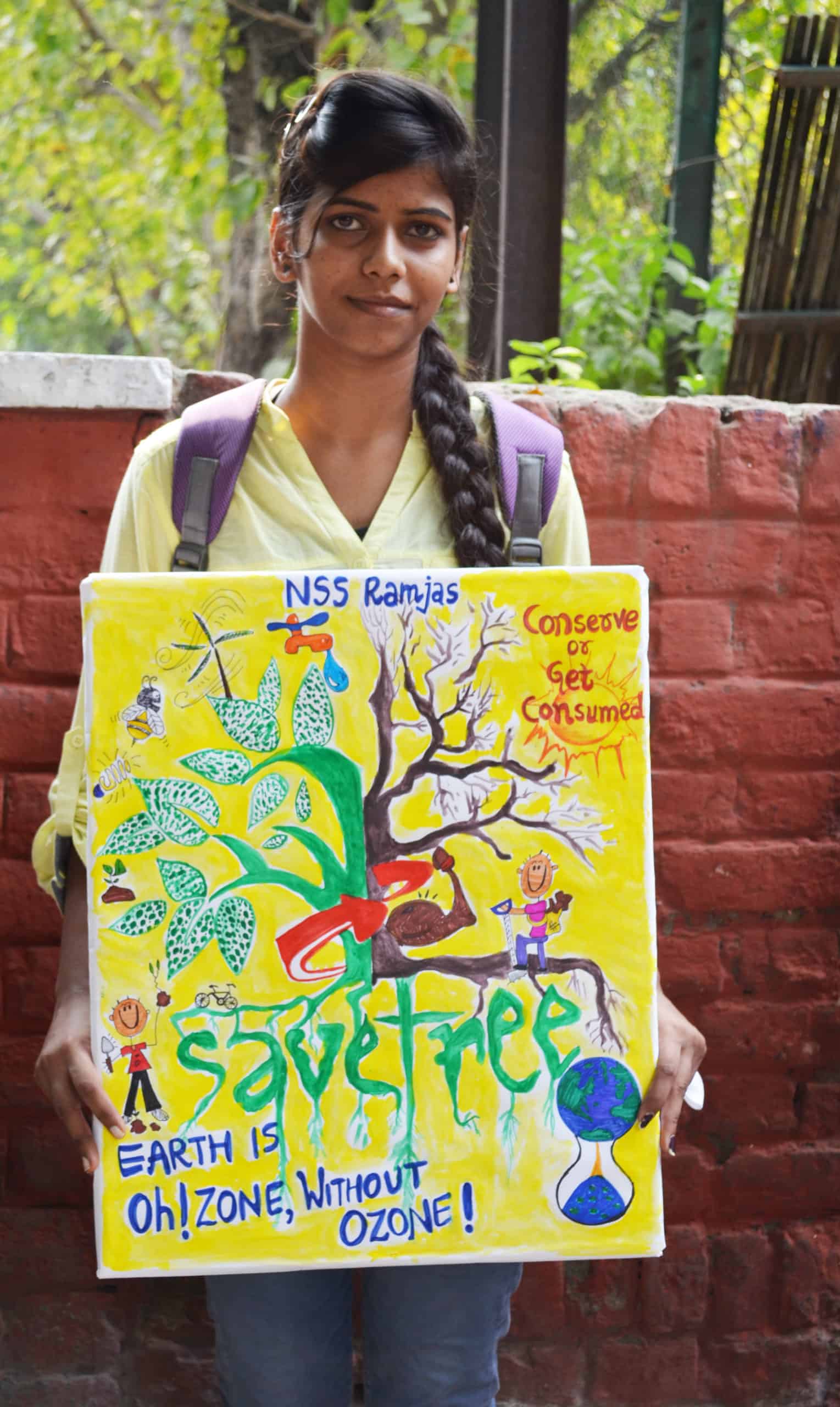
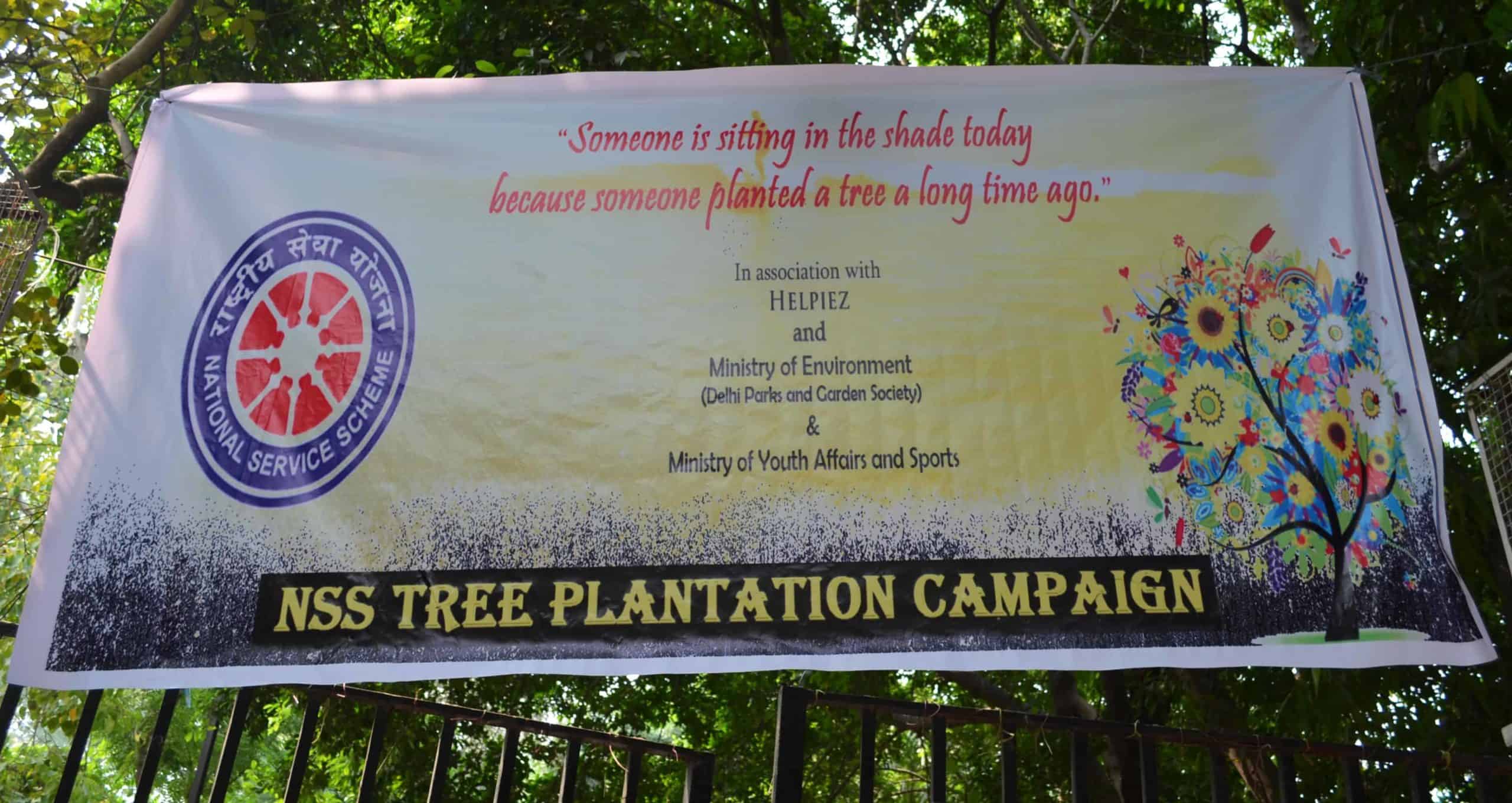
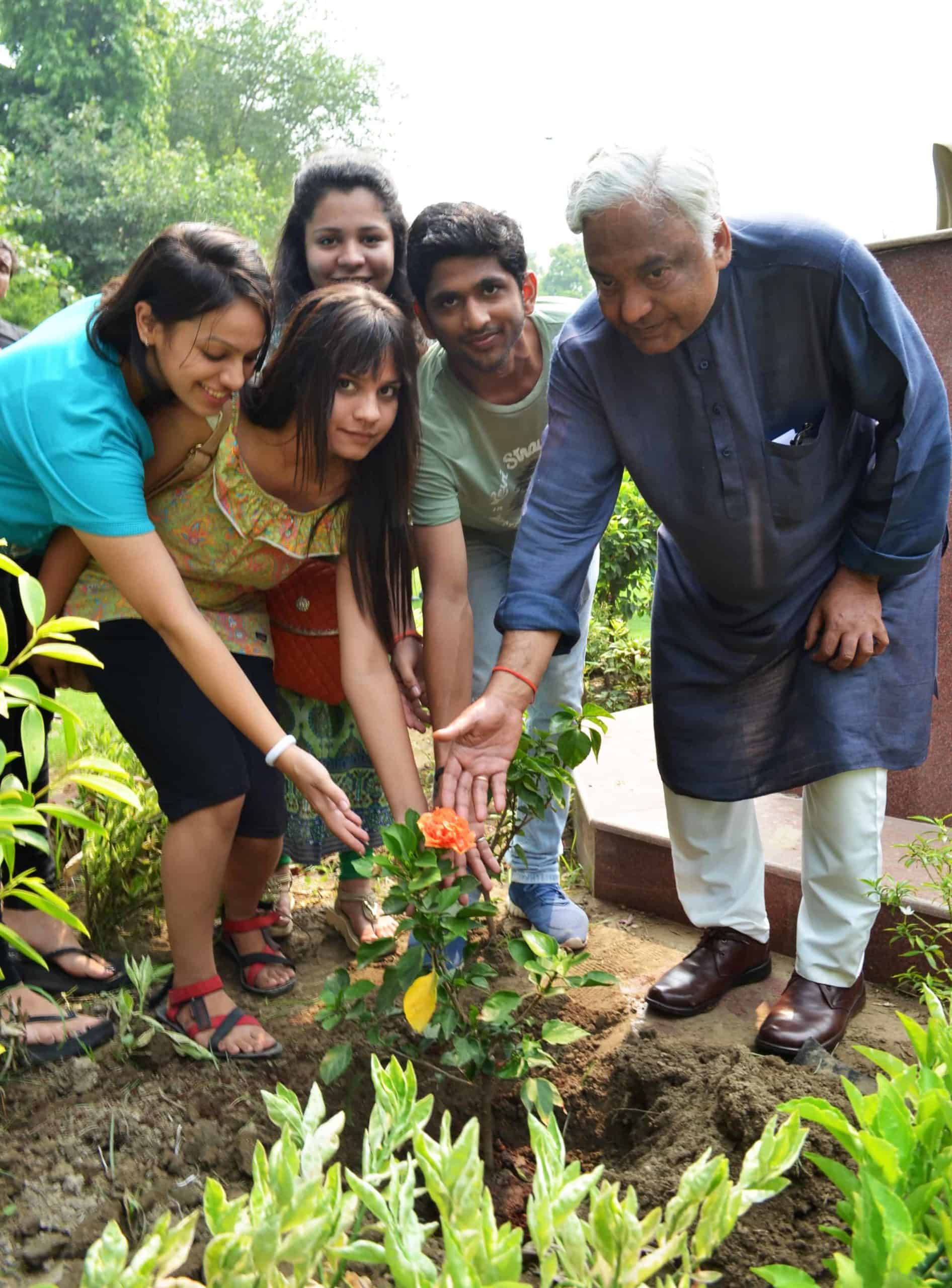
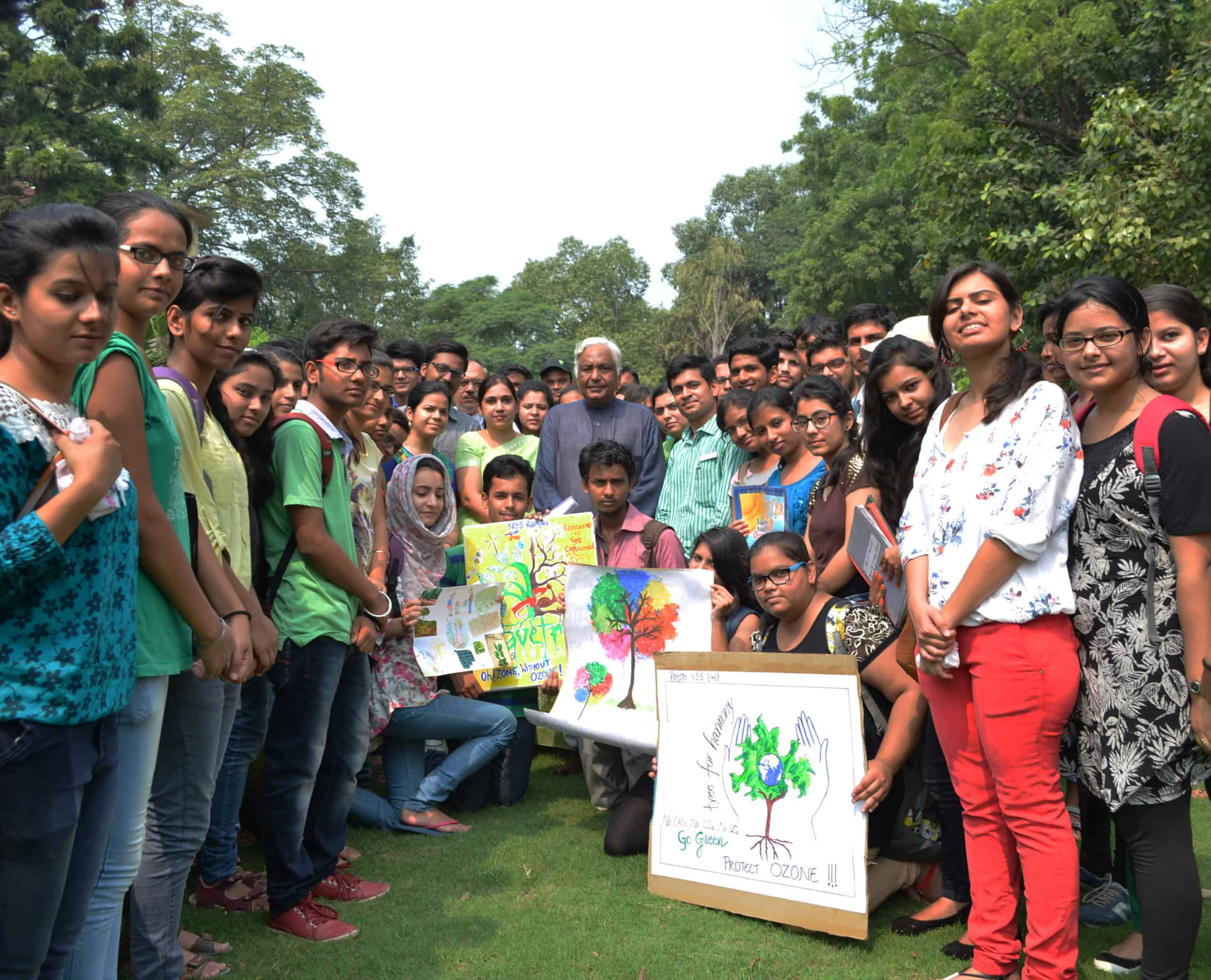

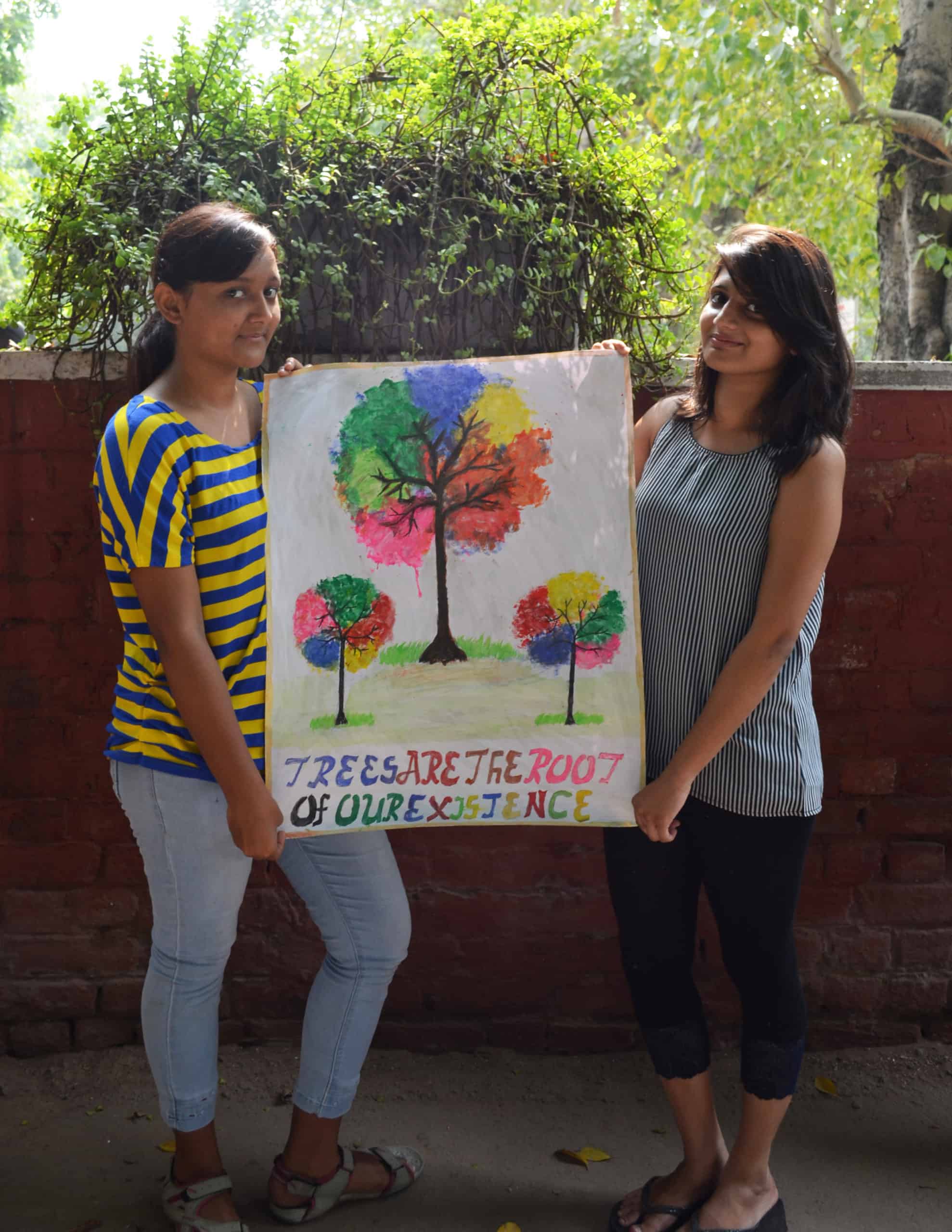

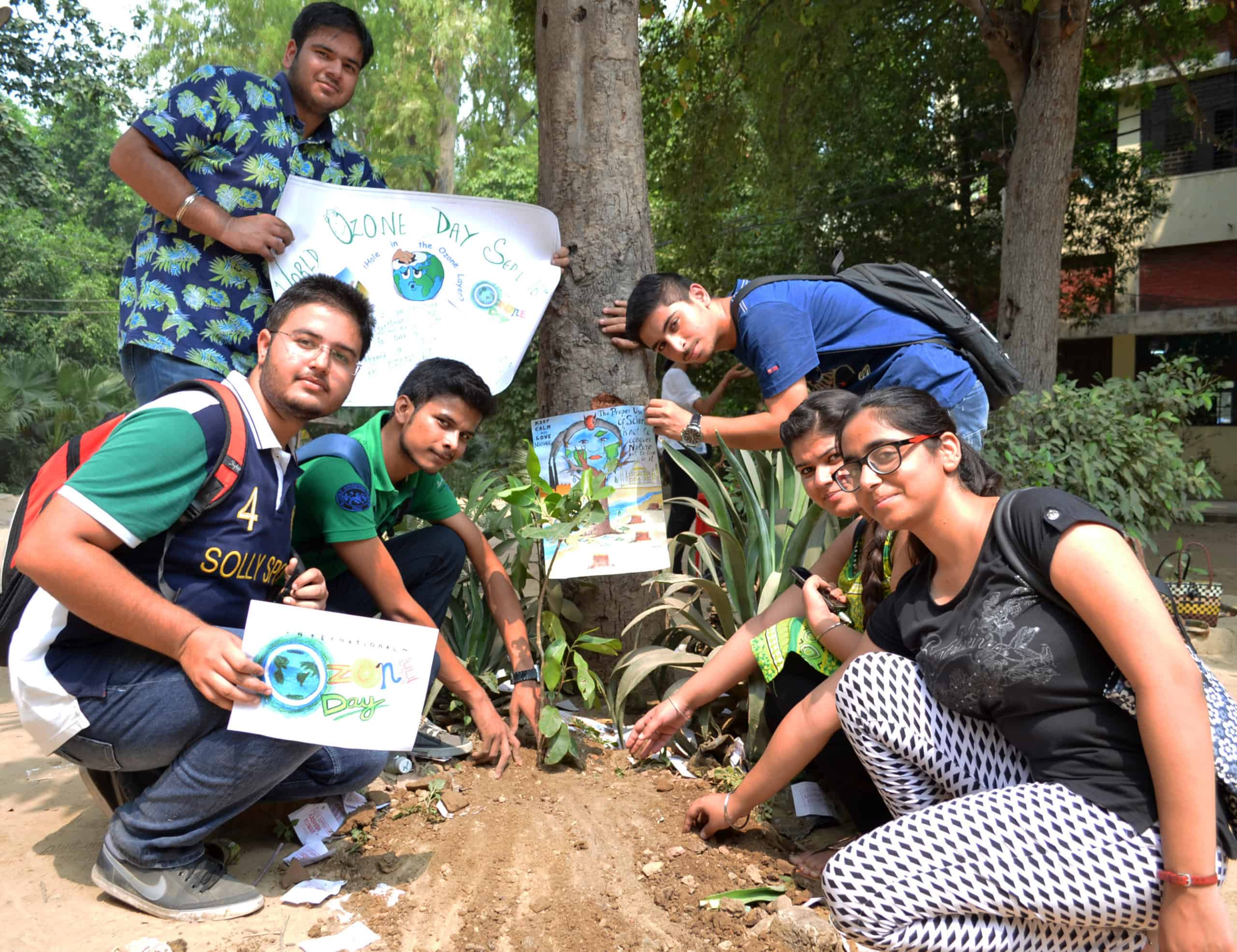
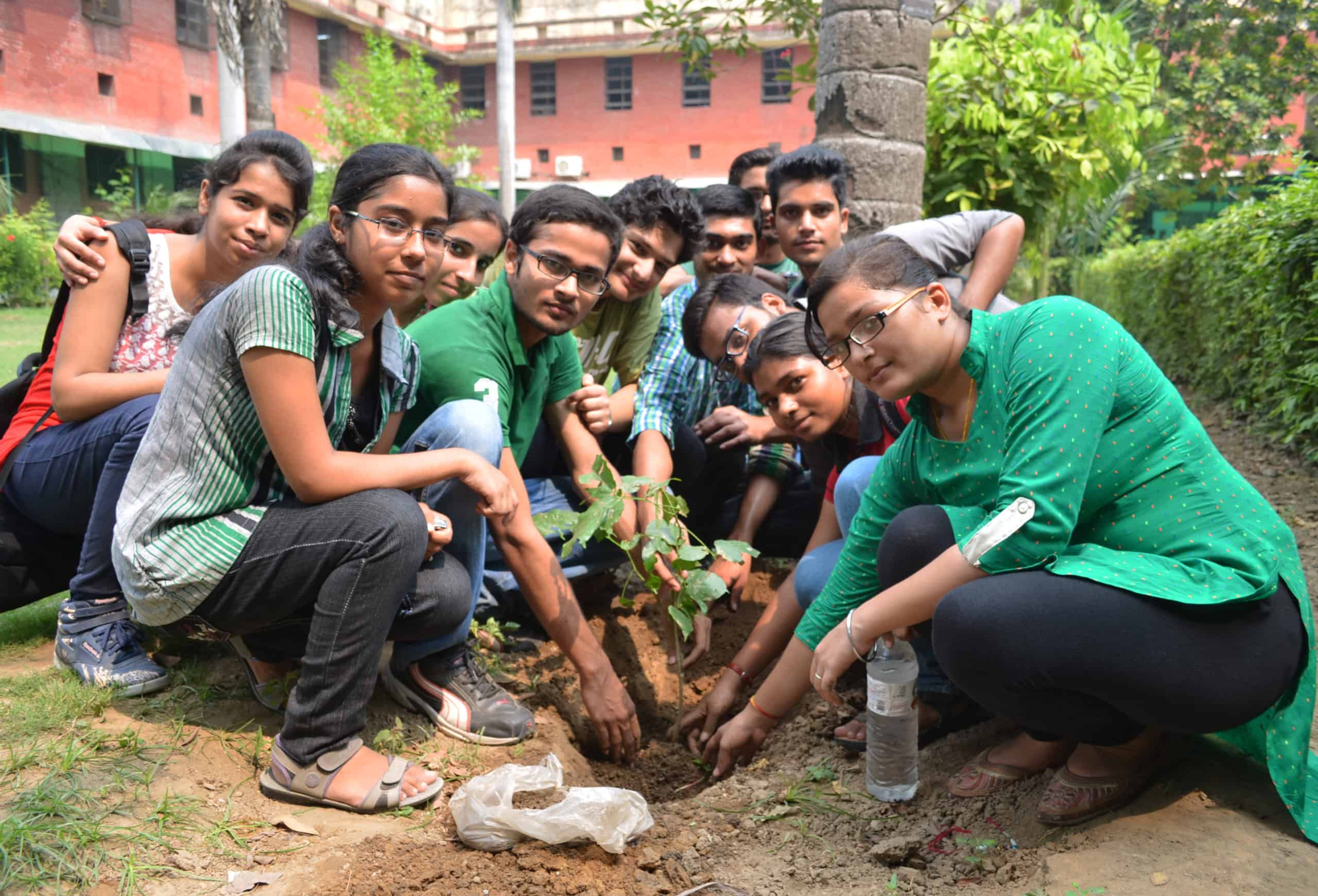
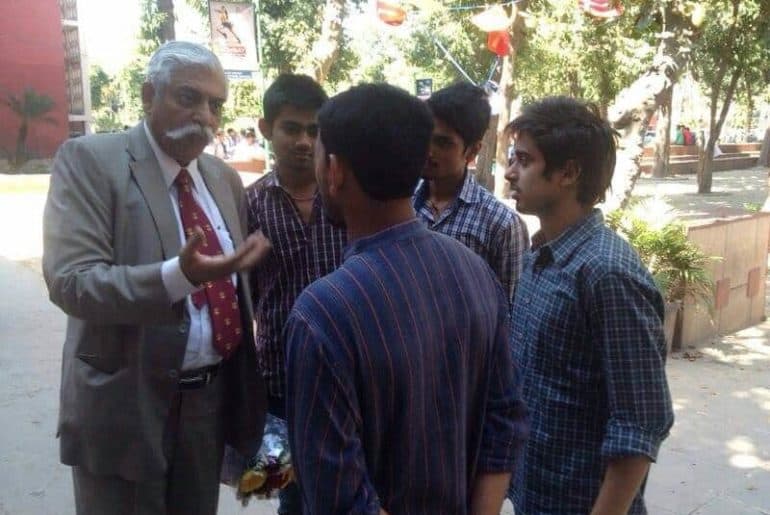
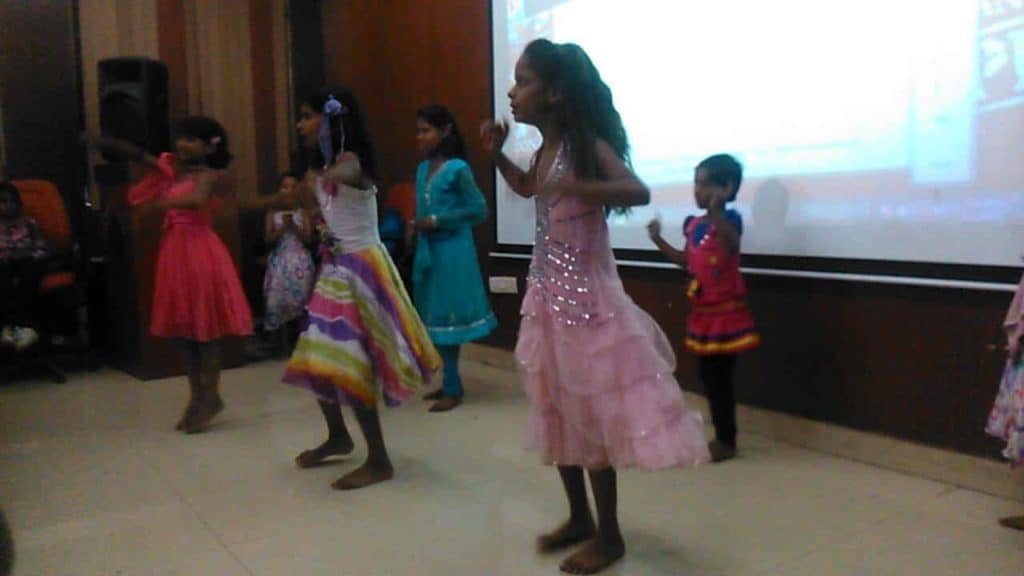

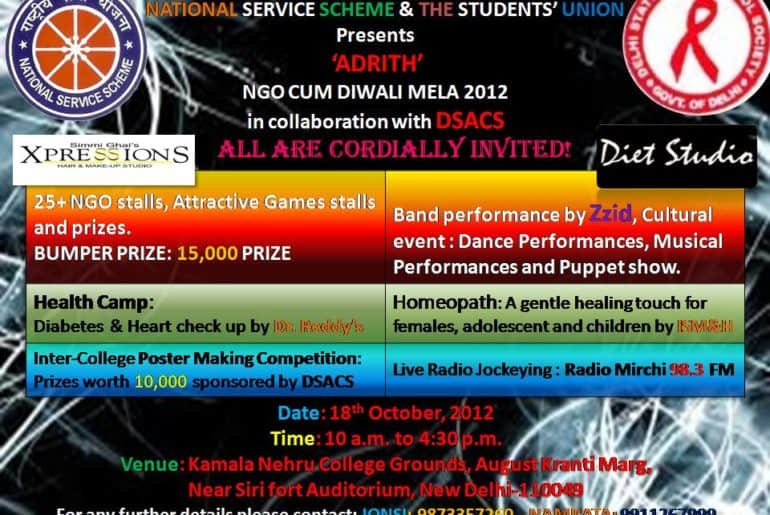
 suffering from thalassemia rendered an atmosphere defined by pure charisma.
Witnessing a resolve worth admiration, out on display were a number of NGO stalls that stirred the latent string of responsibility in every individual as was evident. Among the many who made their presence noted were Art of Living, National Federation of the Blind, Parivartan Sandesh, Manzil and Smile. These NGOs are testimony of change making and evolution in their respective spheres of social work. ‘Kayakalp’, an initiative by SIFE SRCC which aims to empower puppeteers of low income groups and ‘Project Akshar’ which is an endeavour by SIFE SSCBS, captivated a mammoth crowd. A meticulous effort was made by conducting several health check-up camps like the blood sugar camp, homeopathy camp and the
suffering from thalassemia rendered an atmosphere defined by pure charisma.
Witnessing a resolve worth admiration, out on display were a number of NGO stalls that stirred the latent string of responsibility in every individual as was evident. Among the many who made their presence noted were Art of Living, National Federation of the Blind, Parivartan Sandesh, Manzil and Smile. These NGOs are testimony of change making and evolution in their respective spheres of social work. ‘Kayakalp’, an initiative by SIFE SRCC which aims to empower puppeteers of low income groups and ‘Project Akshar’ which is an endeavour by SIFE SSCBS, captivated a mammoth crowd. A meticulous effort was made by conducting several health check-up camps like the blood sugar camp, homeopathy camp and the  national thalassemia camp.
The event was a host to many sensitizing activities, with an aim to educate the youth about blood donation. The Poster making competition saw a roaring participation and entailed cash prizes worth Rs 10000 along with the street plays which were a gripping power house of action. In dearth of absolutely nothing, the event housed frolic, reverberating jam sessions, scrumptious food stalls and recreational acts of shopping. A power pact performance by the rock band ‘Zzid’ and an absolutely lyrical performance by the Bihu dancers of Pragjyotish Bihu Husori Group rewardingly concluded the event.
But amidst all the flair throughout the event, what stood out as the hero was the pure resolve of righteousness, vigour and honest intent of integration of the society to give back with all humility. “It was just very satisfying working for the college in the name of a good cause” says Shivangi heaving a sigh of contentment.]]>
national thalassemia camp.
The event was a host to many sensitizing activities, with an aim to educate the youth about blood donation. The Poster making competition saw a roaring participation and entailed cash prizes worth Rs 10000 along with the street plays which were a gripping power house of action. In dearth of absolutely nothing, the event housed frolic, reverberating jam sessions, scrumptious food stalls and recreational acts of shopping. A power pact performance by the rock band ‘Zzid’ and an absolutely lyrical performance by the Bihu dancers of Pragjyotish Bihu Husori Group rewardingly concluded the event.
But amidst all the flair throughout the event, what stood out as the hero was the pure resolve of righteousness, vigour and honest intent of integration of the society to give back with all humility. “It was just very satisfying working for the college in the name of a good cause” says Shivangi heaving a sigh of contentment.]]> 


